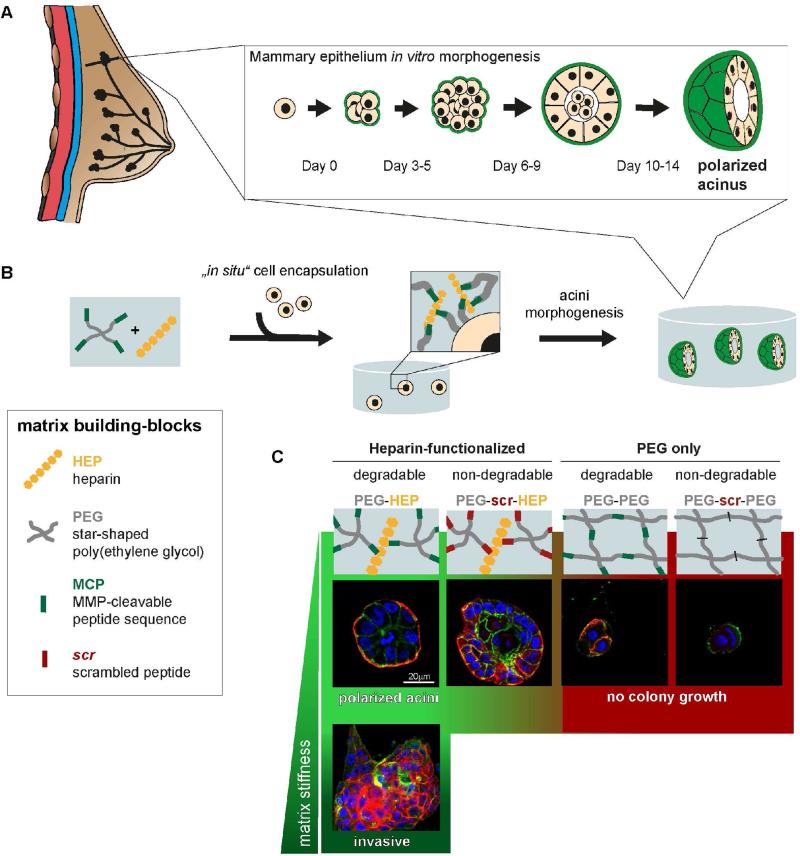Figure 1. Mammary epithelial cell morphogenesis ex vivo in a modular biomimetic hydrogel.
(A) Diagram of in vitro individual mammary epithelial cell (MEC) morphogenesis into polarized acinus displaying a cleared lumen and basement membrane formation (green). (B) Illustration of the study design to investigate MEC morphogenesis in a hydrogel matrix which contains the following building blocks: glycosaminoglycan (GAG) heparin (yellow), MMP-cleavable peptide sequence (MCP, green), non-cleavable scrambled peptide sequence (scr, red) and the inert and star-shaped, four-armed PEG (grey) as a structural matrix component. The versatile and modular chemistry of the biomimetic matrix building blocks facilitates the study of the specific function of the different matrix building blocks and the exogenous biophysical (mechanical) stimuli on mammary epithelial morphogenesis in a systematic fashion. MECs are embedded as single cells with the modular matrix prior to polymerization. Over 14 days in culture, they undergo morphogenesis to form polarized mammary epithelial acini. (C) Polarized MEC acini formation after 14 days in culture is optimal in soft, enzymatically degradable PEG-HEP hydrogels. In each of the other combinations of modular building blocks (e.g. starPEG, heparin, MMP-cleavability) or matrix stiffness, MEC morphogenesis is perturbed. Scale bar = 20 μm.

